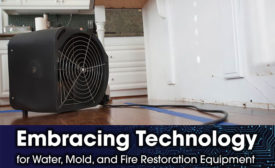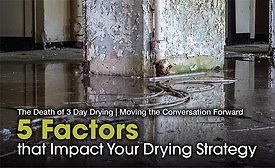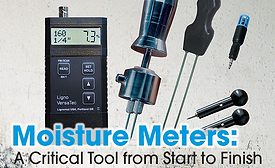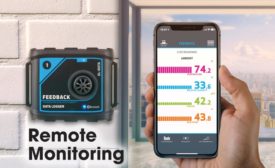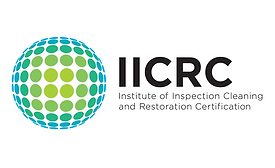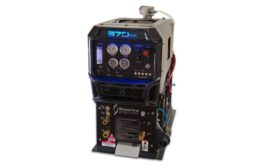Home » drying technology
Articles Tagged with ''drying technology''
The Intentional Restorer
The Death of 3 Day Drying | Moving the Conversation Forward
5 Factors that Impact Your Drying Strategy
Read More
You Can't be a Water Damage Expert Without Hands-On Experience
You didn't learn to drive from the backseat.
Read More
Remote Monitoring: Embracing New Innovations in Water Damage Restoration
The importance of monitoring ambient conditions during the drying process.
Read More
Stay ahead of the curve with our eNewsletters.
Get the latest industry updates tailored your way.
JOIN TODAY!Copyright ©2025. All Rights Reserved BNP Media.
Design, CMS, Hosting & Web Development :: ePublishing

